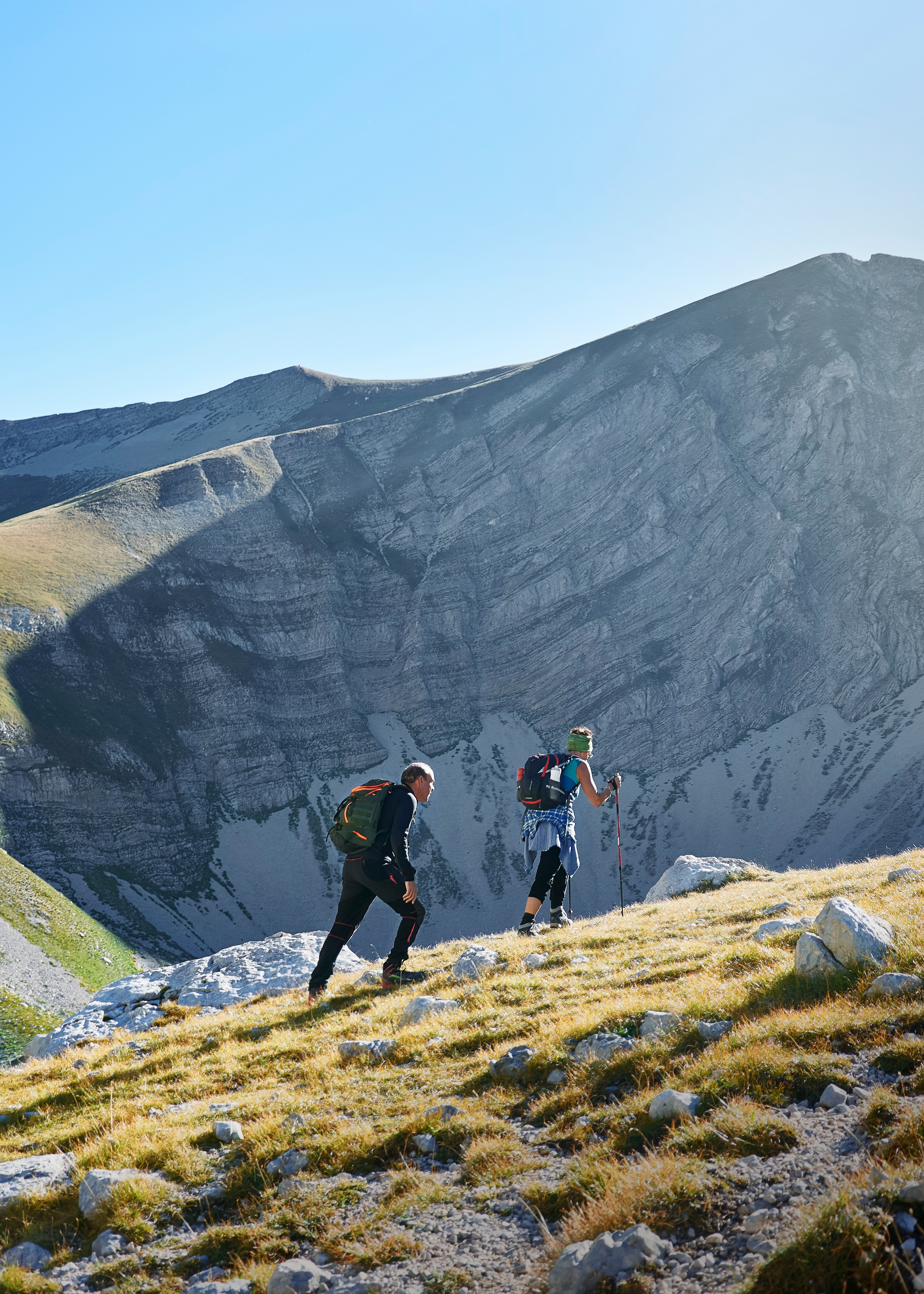Best Weighted Vests: RUKSTR vs AION Gear vs The Carry (2025 Review)
· 8 min read · rory@getrucky.com
weighted vest gear review

Shopping for a weighted vest? We tested what matters—fit, bounce, breathability, and durability—then put three hyped brands under the microscope: RUKSTR, AION Gear, and The Carry.
Weighted vests turn an easy walk into meaningful training by increasing metabolic cost and mechanical loading—without changing the movement. But results depend on fit (no bounce), progression (start light), and comfort (so you actually use it). Below we break down the key buying criteria, detailed brand reviews, and who each vest best serves—backed by research and our field notes.
How to Choose a Weighted Vest (Criteria)
- No-bounce fit: Snug upper and lower fastening; plate/weights ride high. See fit checklist.
- Load range: Can you start at 5–10 lb and scale toward 20–30 lb as needed?
- Breathing room: Minimal chest squeeze; shoulder cutouts that don’t pinch.
- Breathability: Mesh or channels to reduce sweat accumulation.
- Durability: Stitching, Velcro longevity, hardware quality.
- Ease of adjustment: Quick, repeatable tightening and weight changes.
Science check: Studies show loaded walking raises oxygen use and energy burn.1,2 Bone outcomes are mixed but can be positive in certain groups; progression and strength training still matter.3,4
RUKSTR — Minimalist, Secure, Everyday Workhorse
RUKSTR leans minimalist: compact footprint, straightforward straps, and a focus on tight, high ride height. It’s built for people who value simplicity and quick setup.
- What stands out: Clean profile that resists bounce when cinched properly.
- Comfort: Good shoulder cut; minimal bulk helps breathing during brisk walks.
- Load range: Suits light-to-moderate weights for walking and basic calisthenics.
- Best for: Beginners to intermediates prioritizing daily, short-to-moderate sessions (≤45–60 min).
Pros: Low-bulk feel, quick adjustments, stable on flats.
Cons: Less comfy for long hill sessions or heavier loads versus pack-based options.
AION Gear — Versatile Adjustability with Solid Comfort
AION Gear emphasizes adjustability and comfort with strap geometry that keeps the plate/weights high and secure, plus materials aimed at breathability.
- What stands out: Easy to dial in tightness; friendly for different torso shapes.
- Comfort: Good balance of structure and padding; shoulder movement feels natural.
- Load range: Flexible increments make safe progression simple (time → weight → hills).
- Best for: Users who want one vest for walking, ruck‑style intervals, and bodyweight circuits.
Pros: Broad fit window, breathable build, simple progression.
Cons: Slightly bulkier feel than ultra‑minimalist options when fully loaded.
The Carry — Premium Build, Polished Details
The Carry targets a premium experience—attention to stitching, materials, and small usability details that add up during longer sessions.
- What stands out: Premium hardware/finishes and refined strap feel.
- Comfort: Stable ride with a polished interface; shine is in the small things.
- Load range: Handles light-to-moderate loads smoothly; good for structured weekly plans.
- Best for: Buyers who appreciate higher-end construction and plan to use the vest often.
Pros: Premium look/feel, excellent finishing, consistent stability.
Cons: Price premium vs. minimalist competitors.
Which One Should You Buy?
- Value & simplicity (most walkers): RUKSTR
- Adjustability for mixed training: AION Gear
- Premium build & frequent use: The Carry
Remember: For longer durations, hills, or heavier loads, consider a backpack/ruck that distributes weight better. See Vest vs Ruck and Load Distribution.
Programming Tips (Start Smart)
- Begin with 5–10% body weight or 5–10 lb, 20–30 min, 2–3x/week.
- Progress one variable at a time: time → small weight steps (+2–5 lb) → gentle hills.
- Keep strength training 2–3 days/week—the gold standard for bone/muscle.
- Use the Rucking Calorie Calculator to estimate effort and plan recovery.
🎯 Quick Takeaways
- No-bounce fit is everything—tighten high and even.
- Start light (5–10% BW), build time before weight.
- Pick by use case: RUKSTR (simple/value), AION (adjustable), The Carry (premium).
- Don’t ditch lifting: Vests supplement strength training, they don’t replace it.
Frequently Asked Questions
What weight should I start with?
A: 5–10% of body weight or 5–10 lb. Keep breathing conversational. Increase only when feet/skin/joints feel great.
Vest or ruck for longer sessions?
A: A ruck (backpack) distributes load better beyond ~45–60 minutes, on hills, or past ~20% bodyweight.
Does a weighted vest replace strength training?
A: No. It’s a smart addition for more volume and energy burn, but keep your lifts for bone and muscle.
Ready to Train?
Choose your vest and make your walks count. Track distance, pace, and calories with the Ruck! app. New to vests? Start with How to Ruck with a Weighted Vest and our Fit Checklist.
Calculate effort with our rucking calorie calculator and build a plan you’ll stick to.
Sources & References
- Looney DP et al. (2024). Metabolic Costs of Walking with Weighted Vests. Med Sci Sports Exerc.
- Study (2006): Weighted vest walking increases metabolic cost and skeletal loading.
- Long-term loaded exercise prevents hip bone loss in postmenopausal women.
- Weighted vest use during dietary weight loss: bone outcomes (mixed results).
- Physiological impact of load carriage: mechanisms, performance, and injury risk.
- Brand sites: RUKSTR · AION Gear · The Carry
Enjoyed this guide? Download the app to track your rucks, calories, and progress: iOS · Android